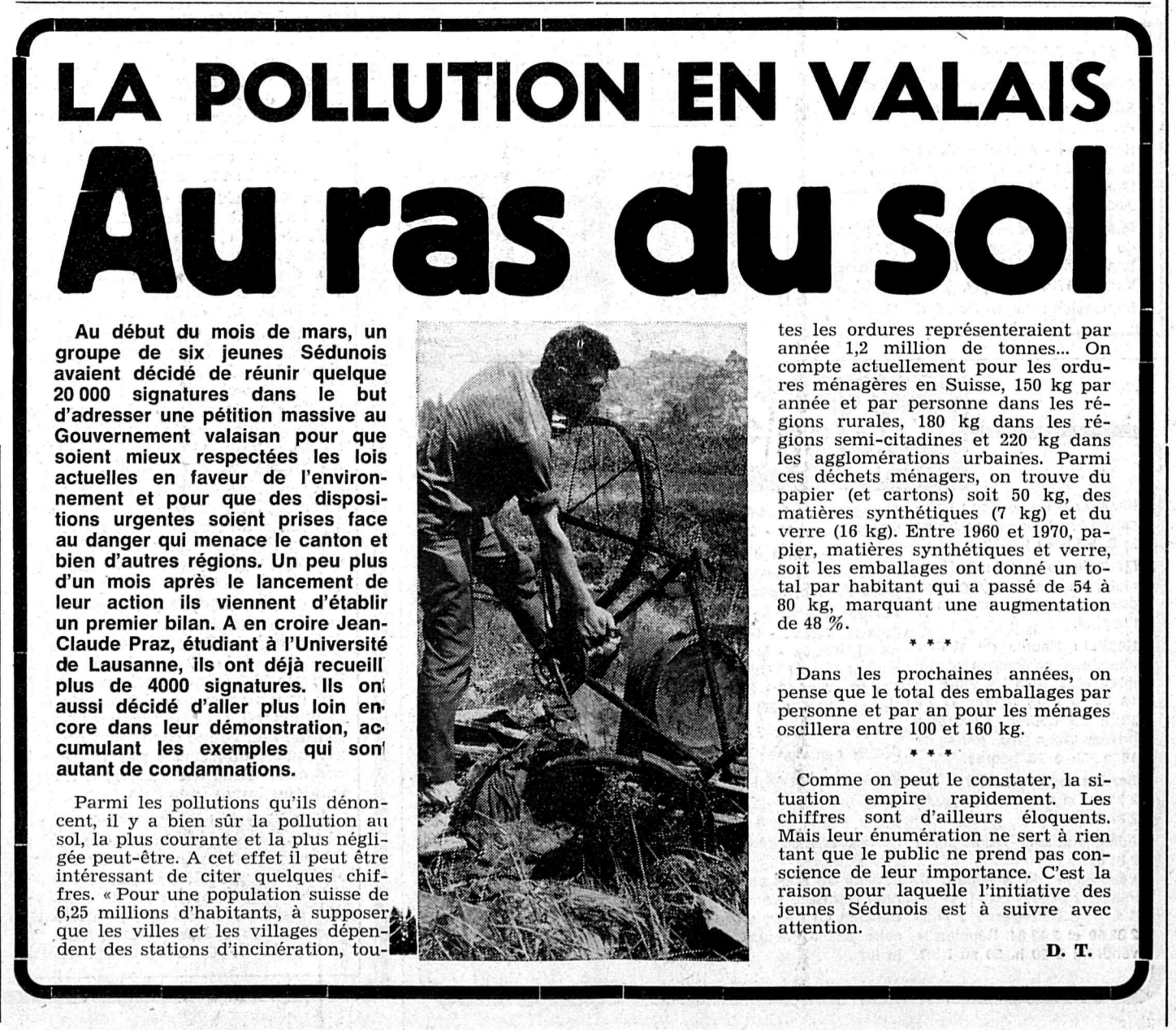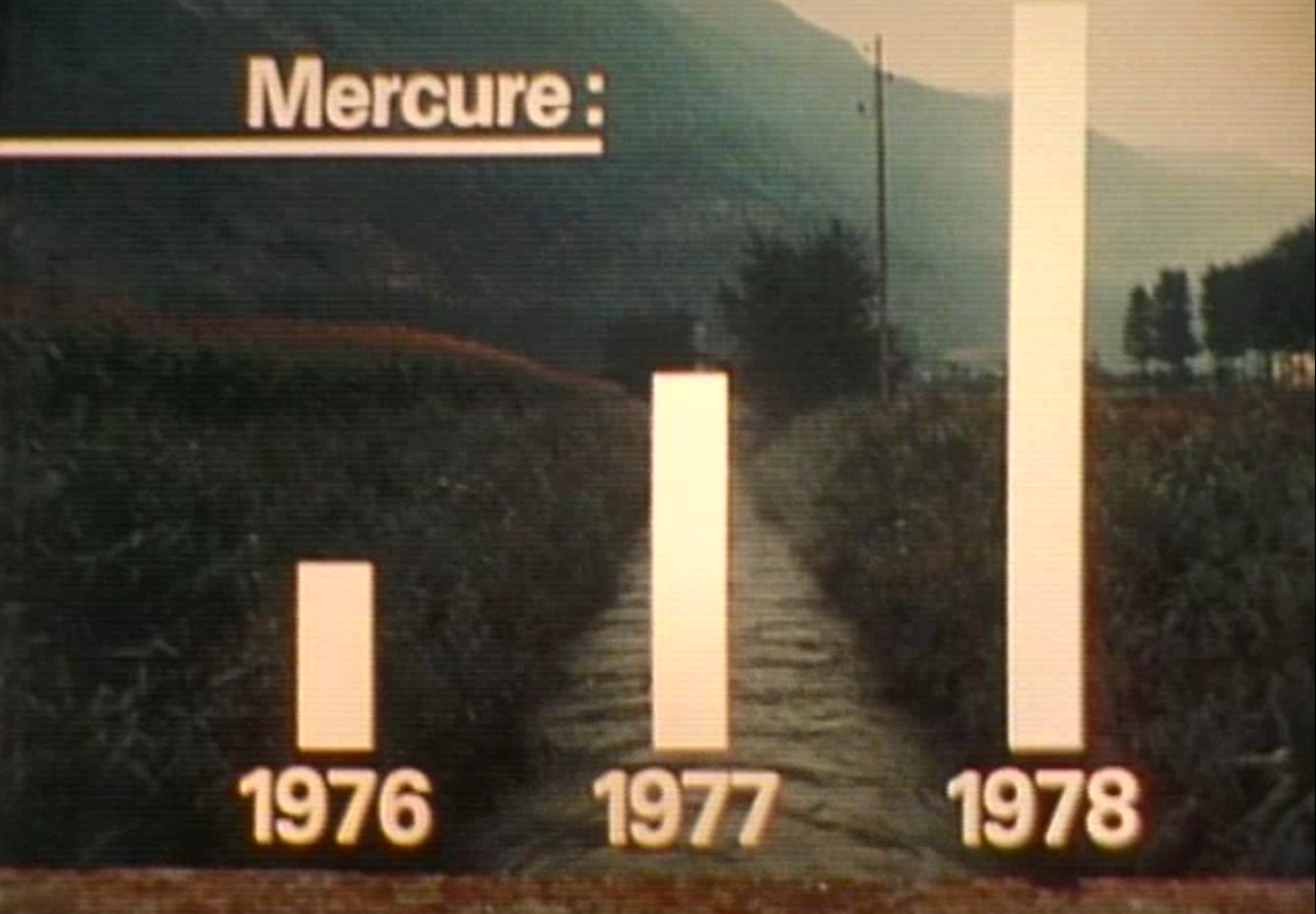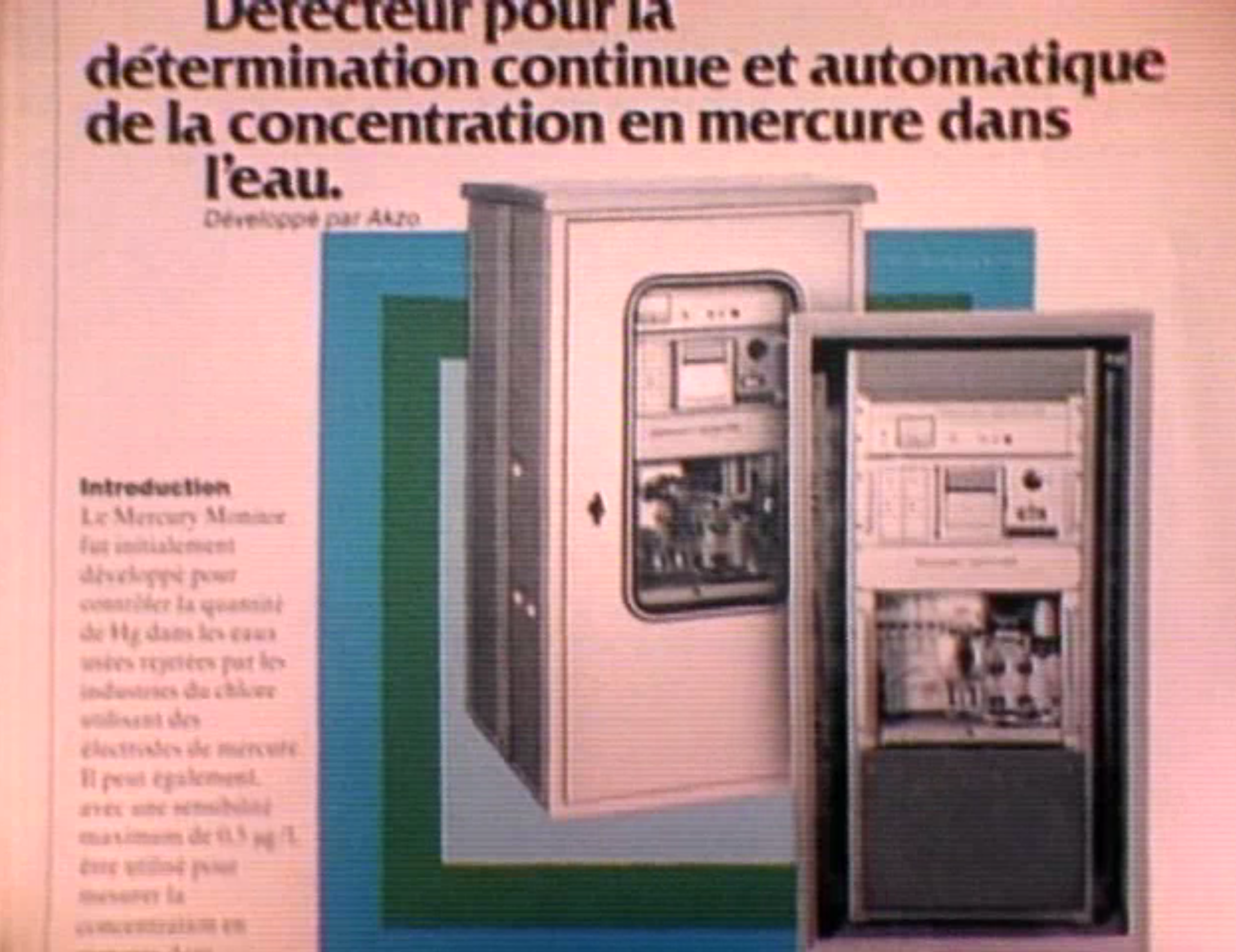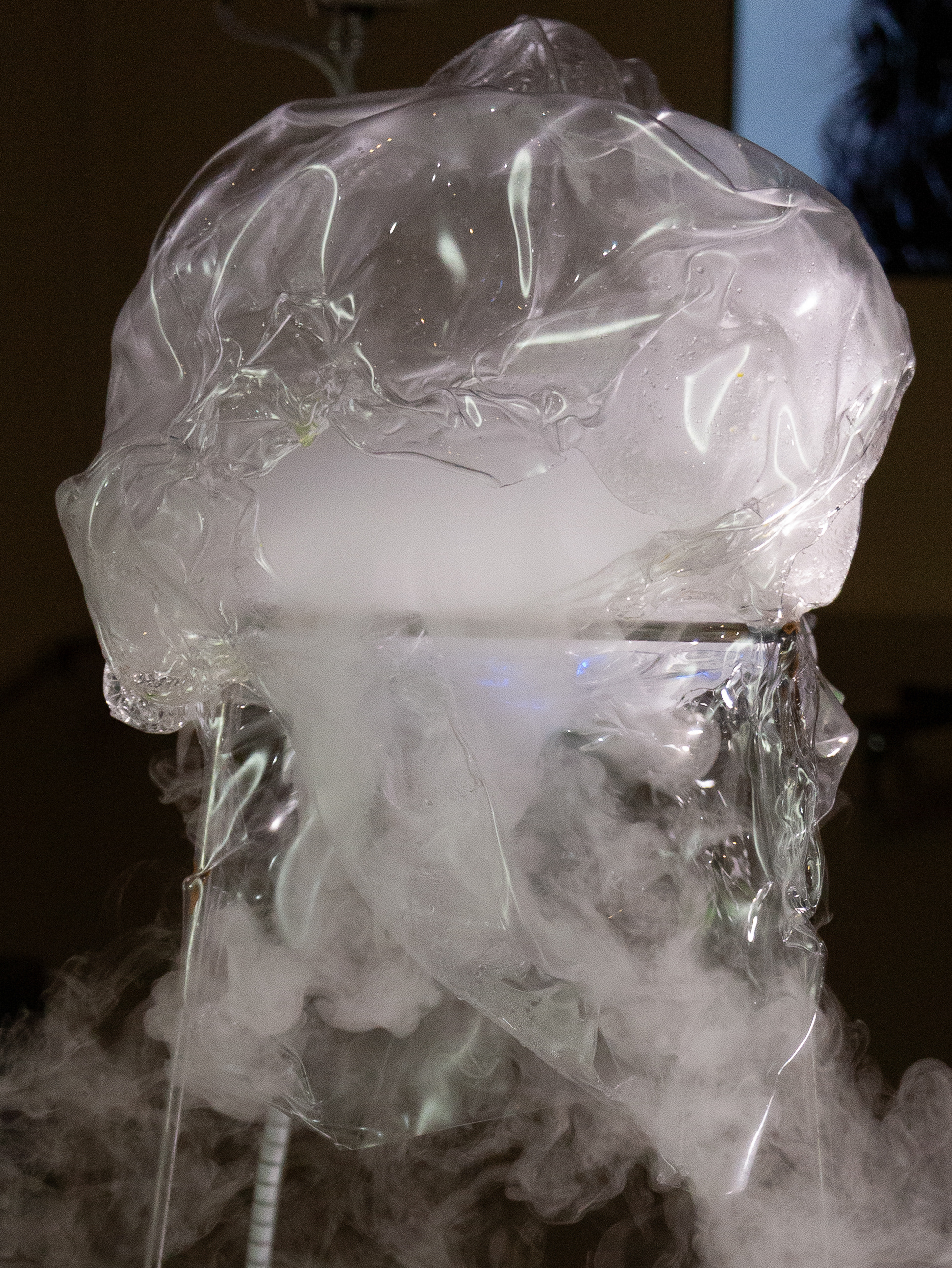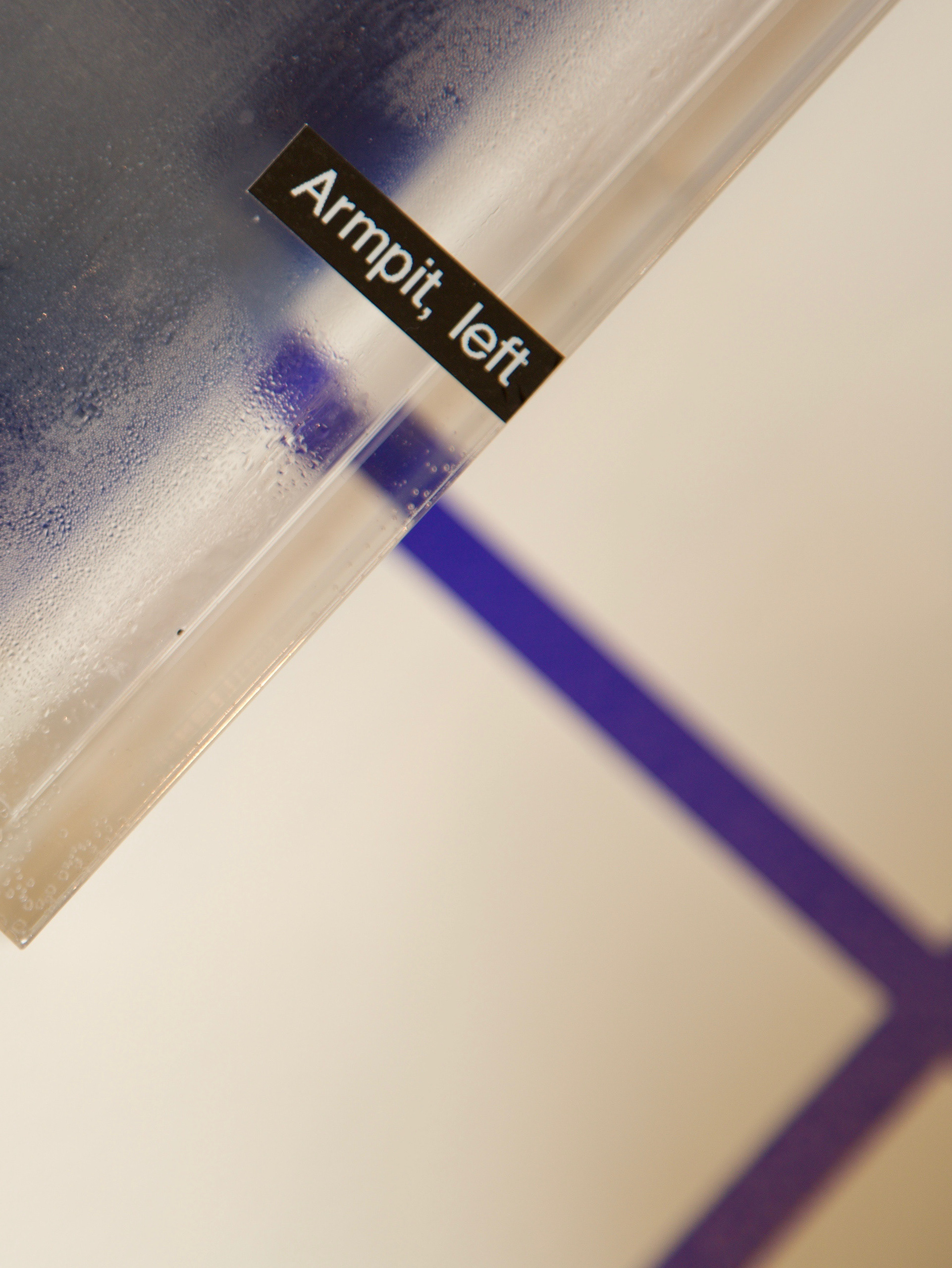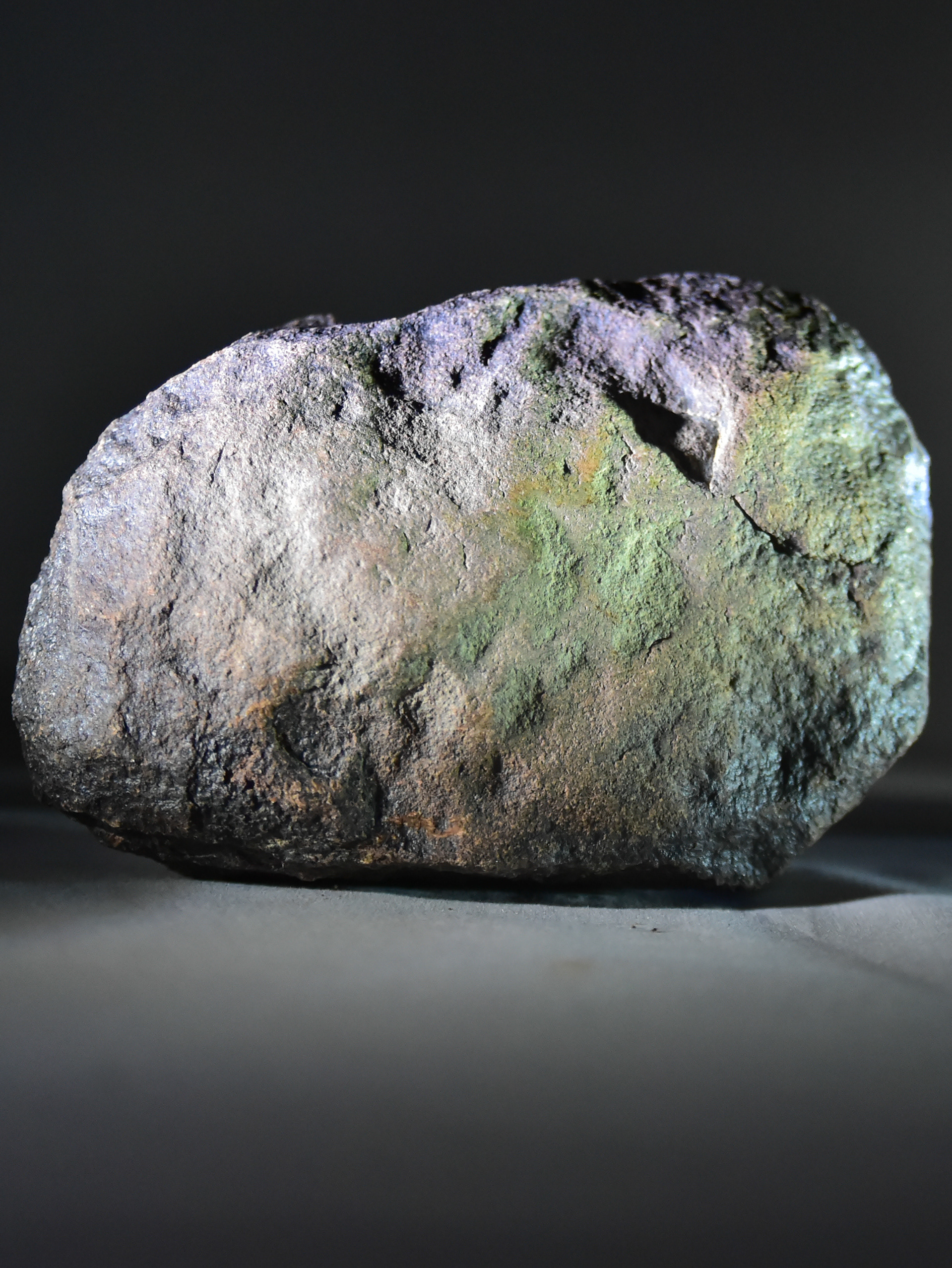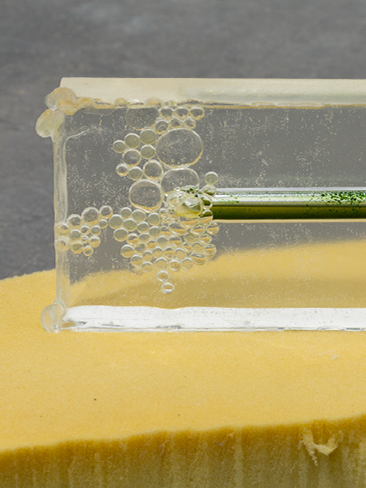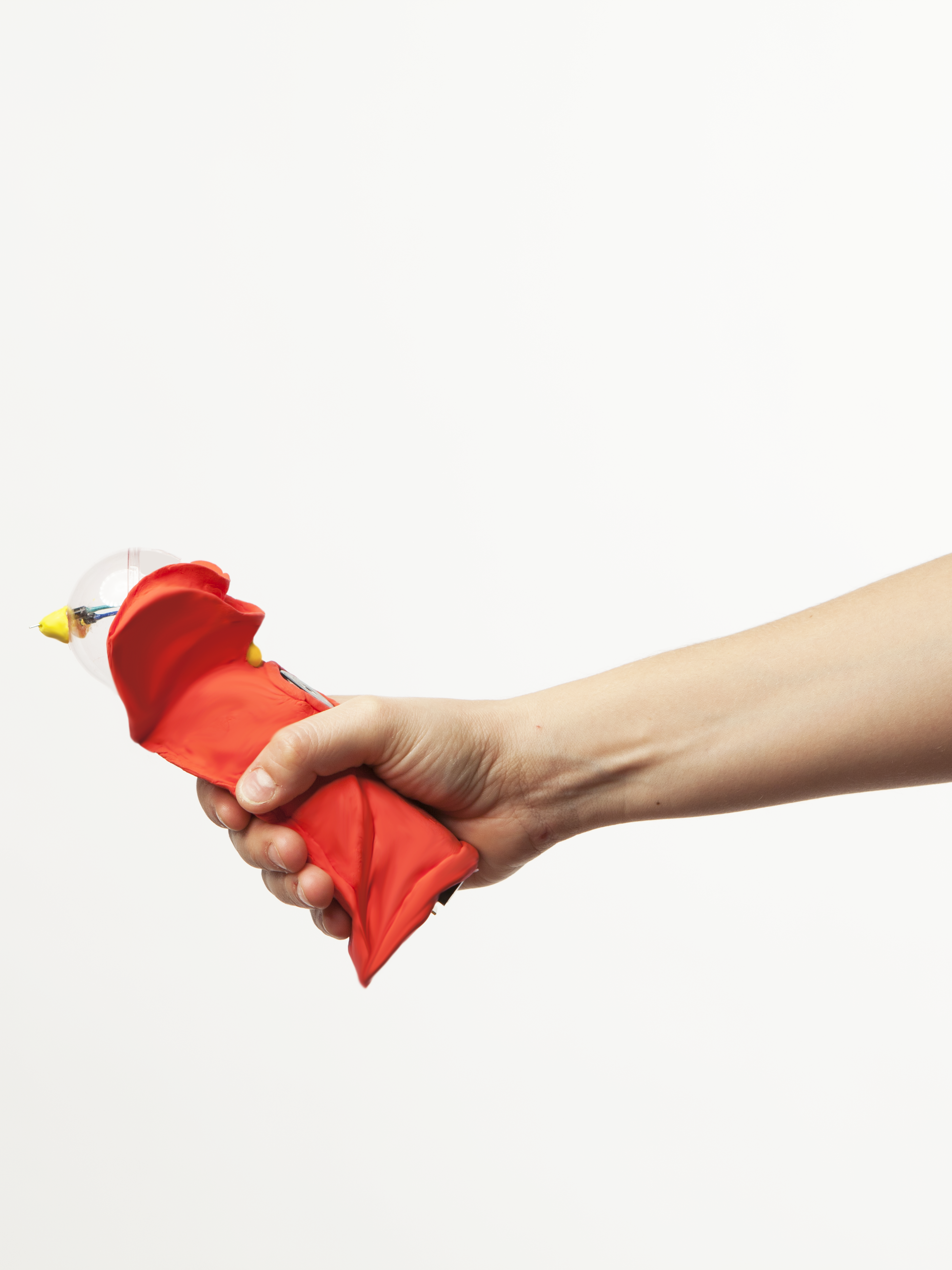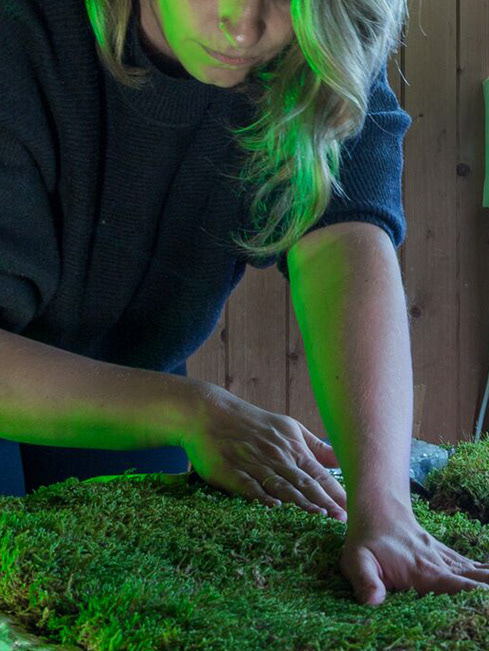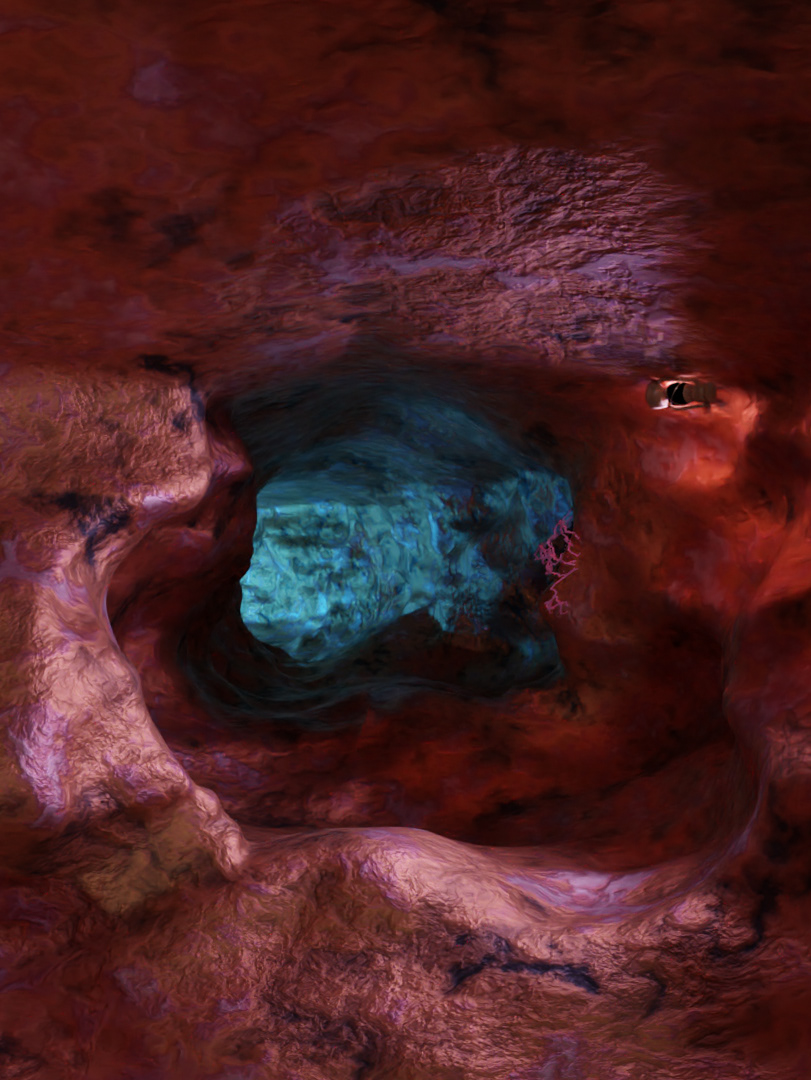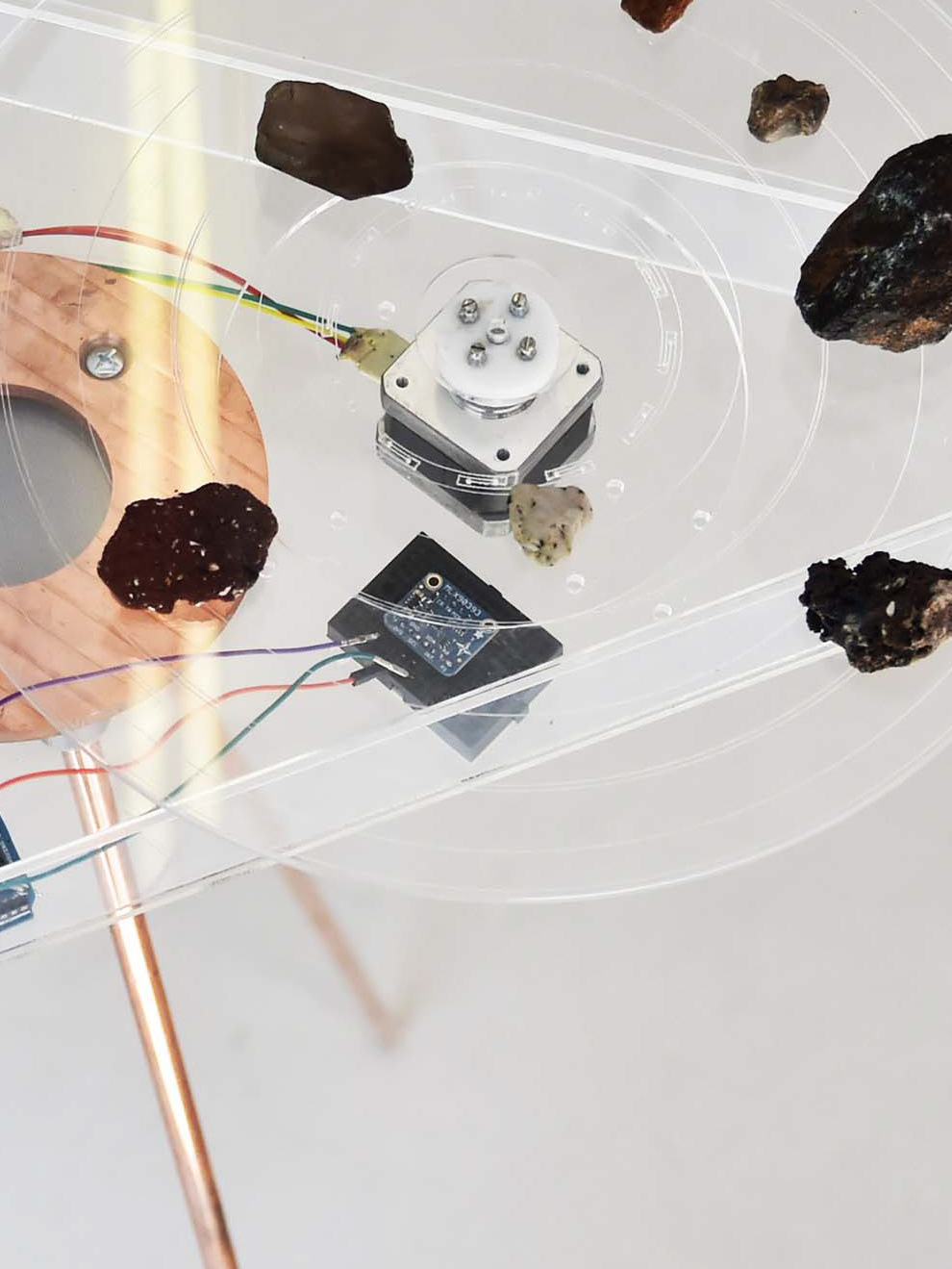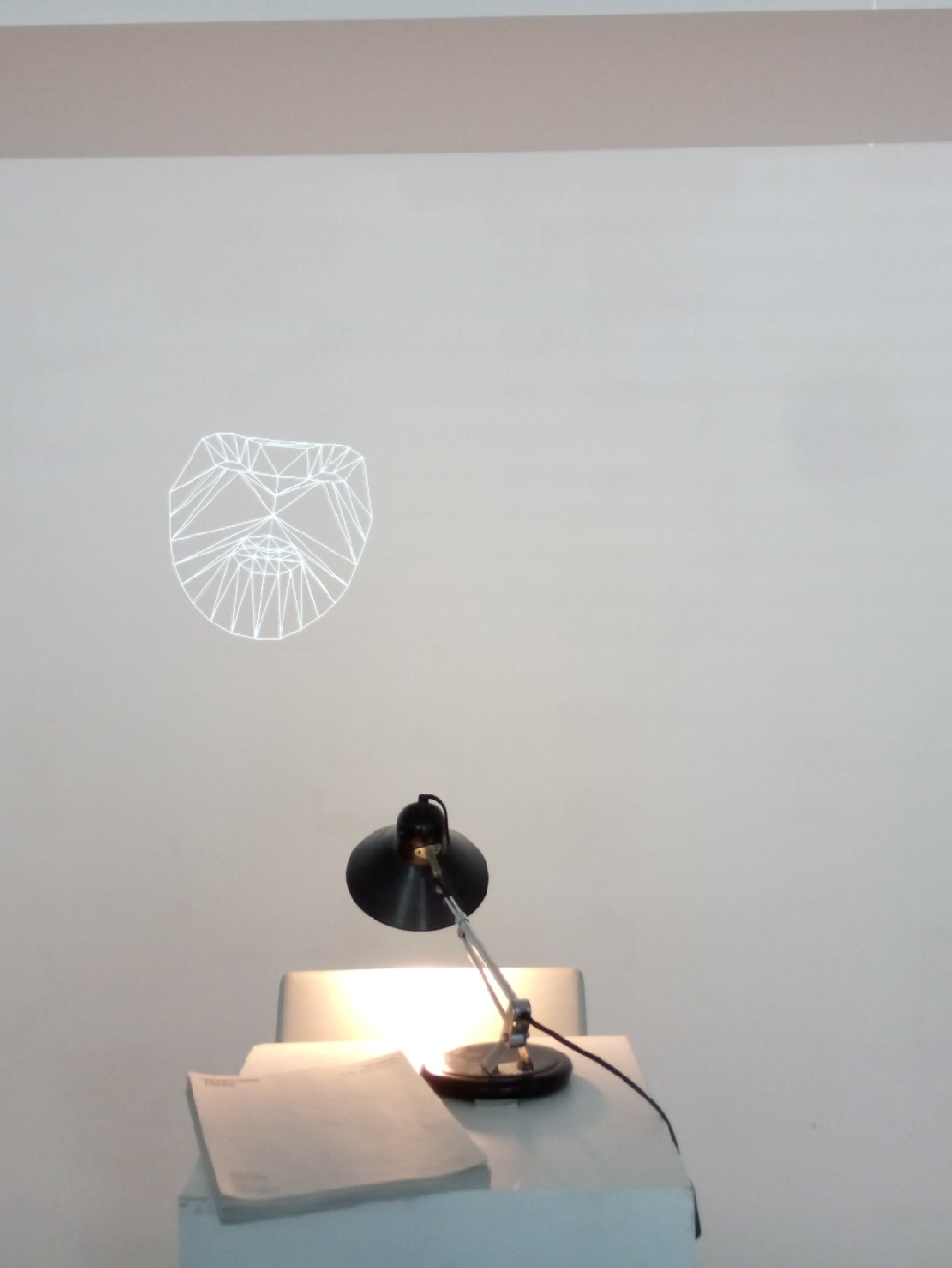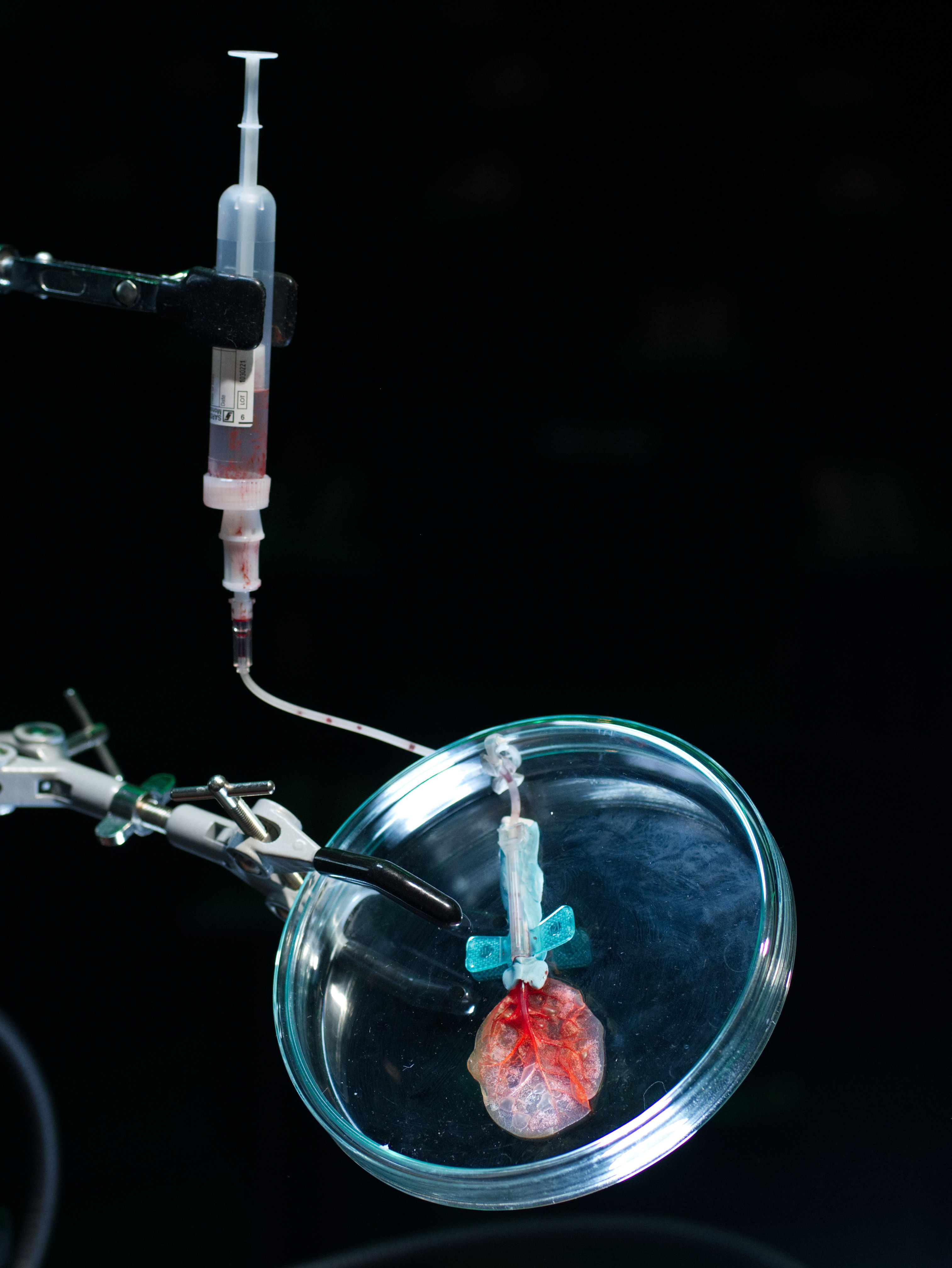The more the people come and see, the more visible it becomes. Photo: ©Raphaëlle Mueller, 2017.
©Photo by Raphäelle Mueller, 2017.
A gene, bacteria or fungi is able to communicate metabolic and transcriptional behaviour in an habitat and furnish us with information of its immediate surroundings. This work uses artefacts in its different form as an expression of invisible, pieces of real selectively ignored by contemporary society. (Photo: Vial with standards for a test, source: Biodesign for the Real World.)

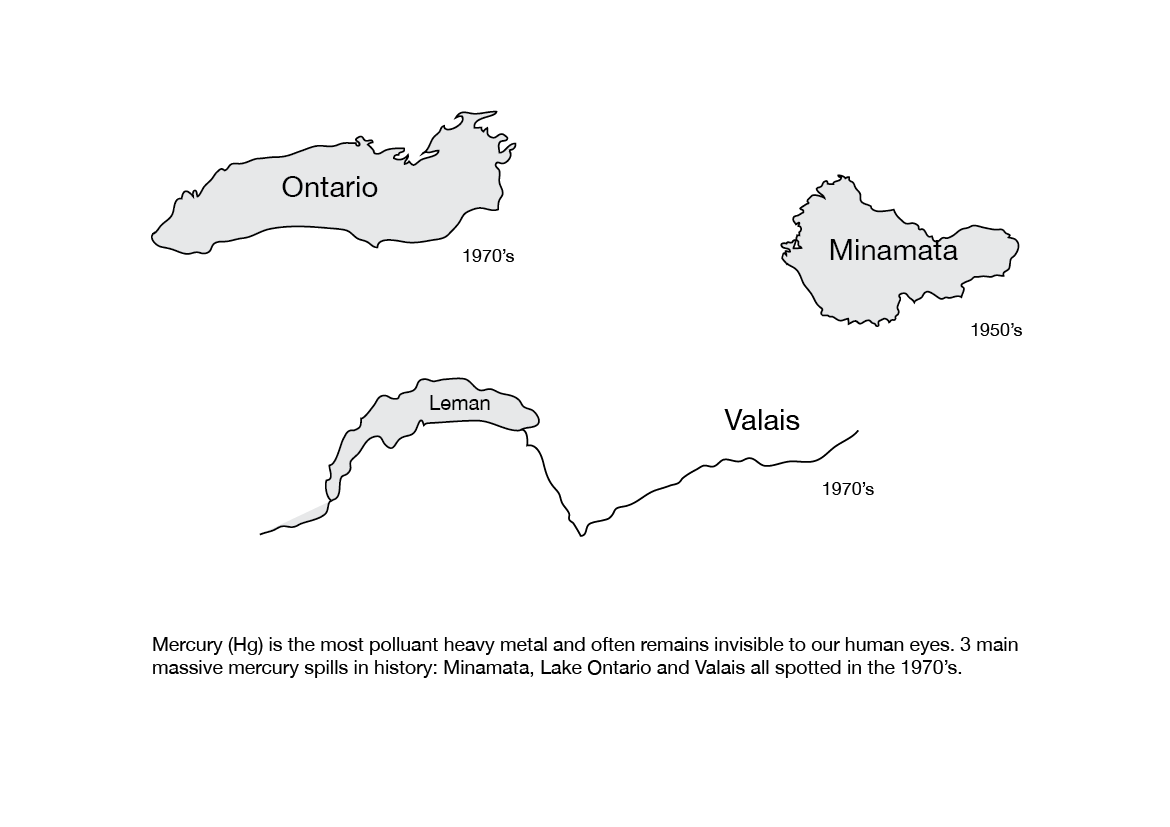
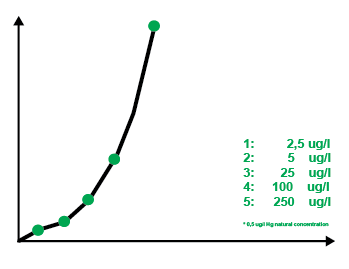
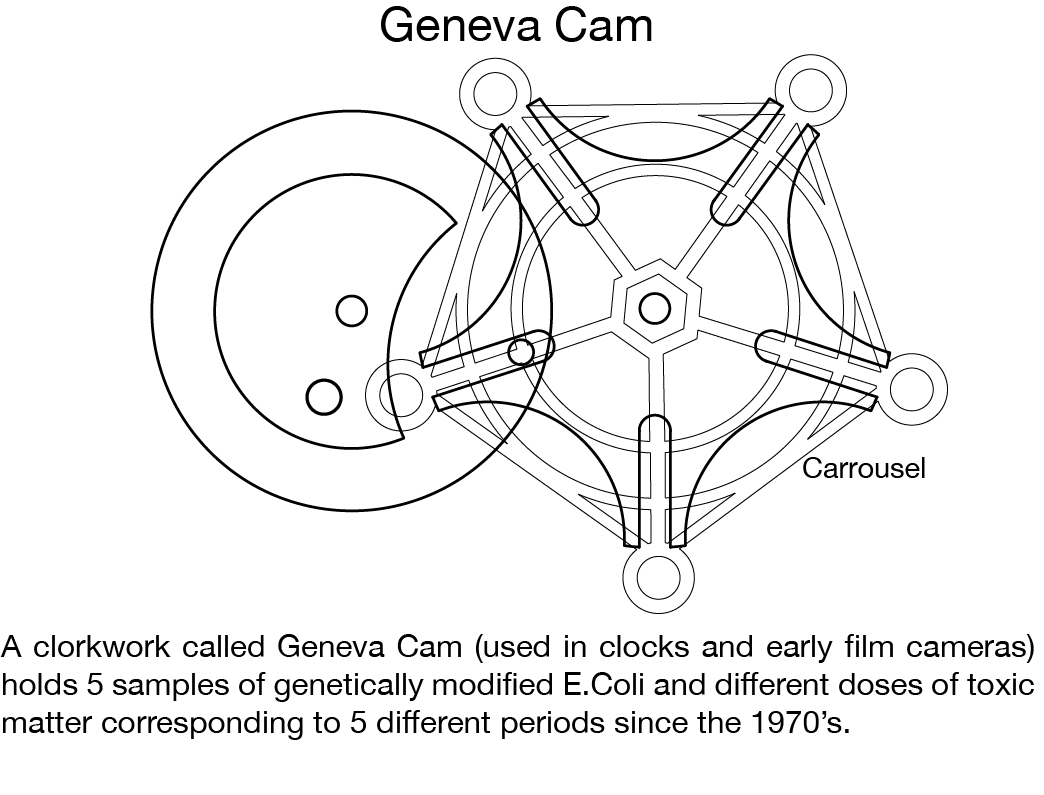
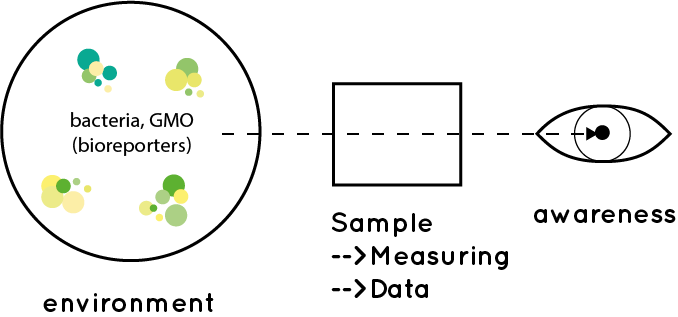
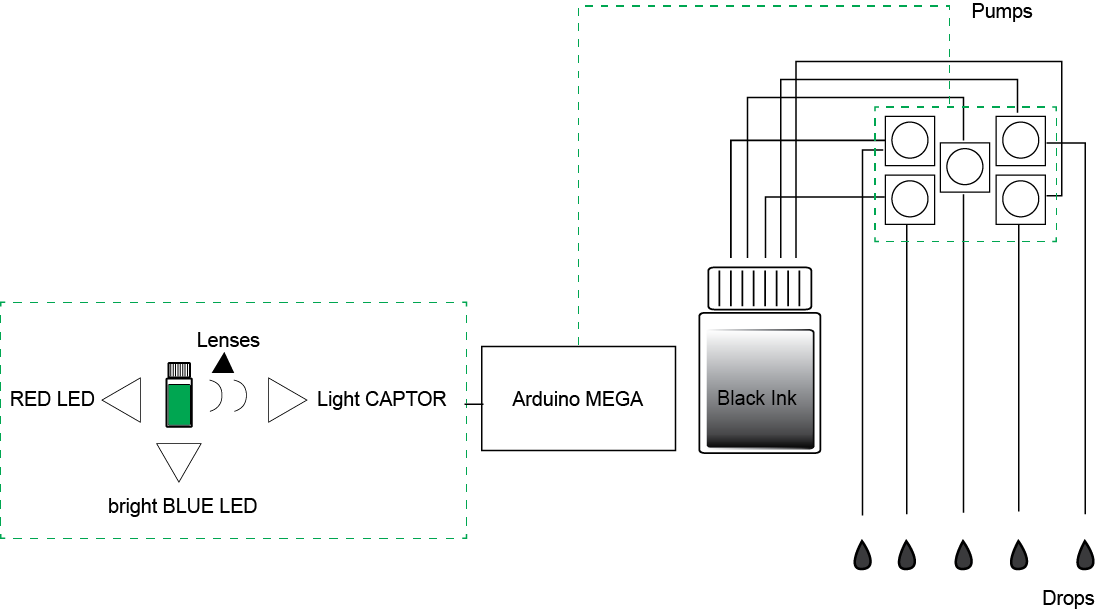
Sachiko Hirosue (BDRW + EPFL + (Art)ScienceBLR + Lifepatch)
Daniel Sciboz and Nicolas Nova (HEAD-Genève)
Technical support of Marc Wettstein (Makerspace Renens)
Technical support of Michael Pereira (EPFL)
Emilie Crittin (Recup Artivisme) for introduction to her community & "Making off, Camera Obscura"
Thank you Simon de Diesbach (Fragment.in) the video shooting & post-production
Dylan Perrenoud and Isra Viadest (HEAD Genève) video shooting & post-production
Raphaëlle Mueller (HEAD Genève) for the stunning photographs and later fruitful collaborations in the Xeno-geo-bio-medialogics project (XGBML) http://cargocollective.com/xgbml/THE-XGBML-PROJECT
